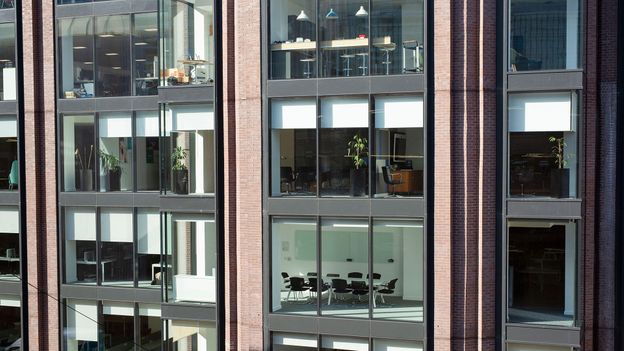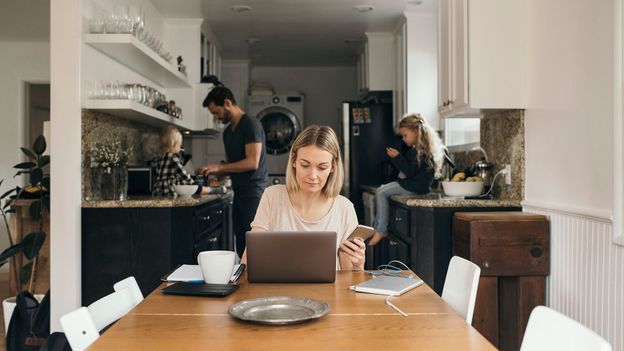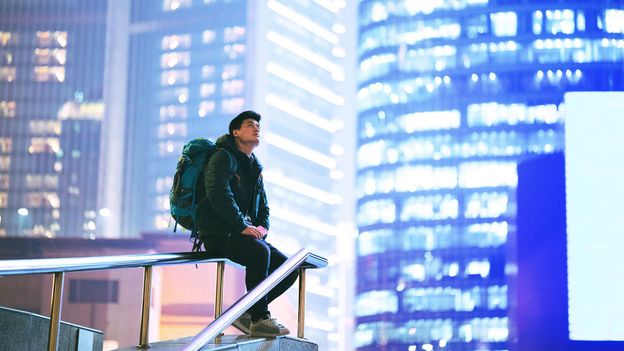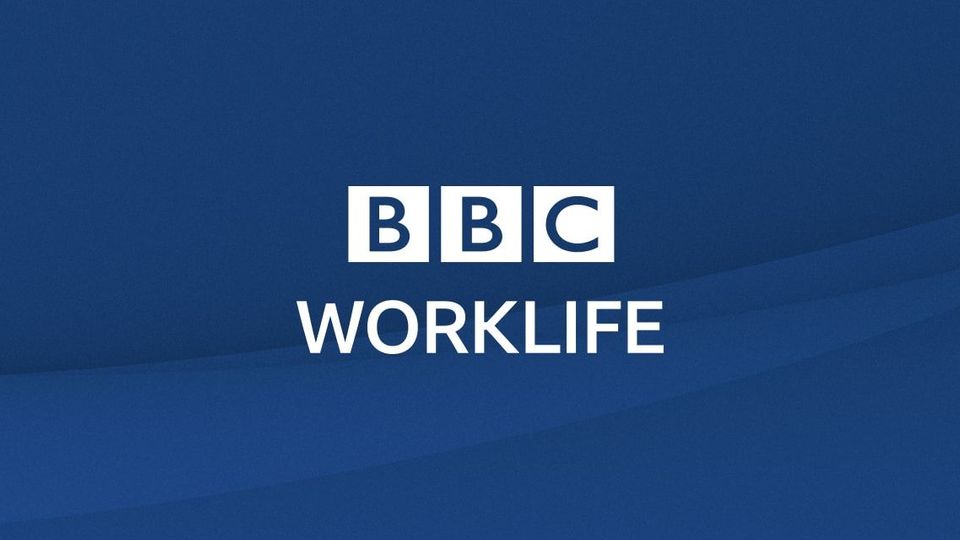The algorithm is reactive; it responds to employee’s requests for office time rather than calling particular individuals or departments into work. It’s also designed for situations when demand for office use exceeds supply, and at this point not that many people are ready to go back to the office, says Colacino.
“The hardest part is reconciling the perspectives of all the employees about what it means to be ‘safe’ when we have limited and conflicting data about the transmission of the disease in the office environment,” says Colacino. “When the studies have been completed correlating Covid transmission and office planning and design, we will have at least some basis for making decisions. Right now it’s mostly: ‘you do what you feel comfortable doing’, and even with a great workforce (like we have), you can’t run a business entirely through laissez faire.”
Reinvention, re-evaluation
Alex Alonso, an organisational psychologist and chief knowledge officer at the Virginia-based Society for Human Resource Management (SHRM), says the most popular question by far right now from HR managers is how to get everyone back to the office in a way that’s safe and fair. He says the right solution will look different for every company, and that innovation is key.
“If the intent is to reinstitute what you had, you’re going to find that that’s fool’s gold, because it doesn’t exist,” says Alonso. “What people who are thriving in this environment are doing is saying, ‘How do I make my culture succeed so I can reinvent my enterprise?’”
Algorithms aside, he suggests one option is to consider offering incentives to employees who are willing to work staggered or non-traditional schedules. And if the schedule can’t be flexible, companies could also consider getting creative with the space; after months of Zoom calls, a masked and socially distanced outdoor gathering could be a welcome alternative to more virtual work.













